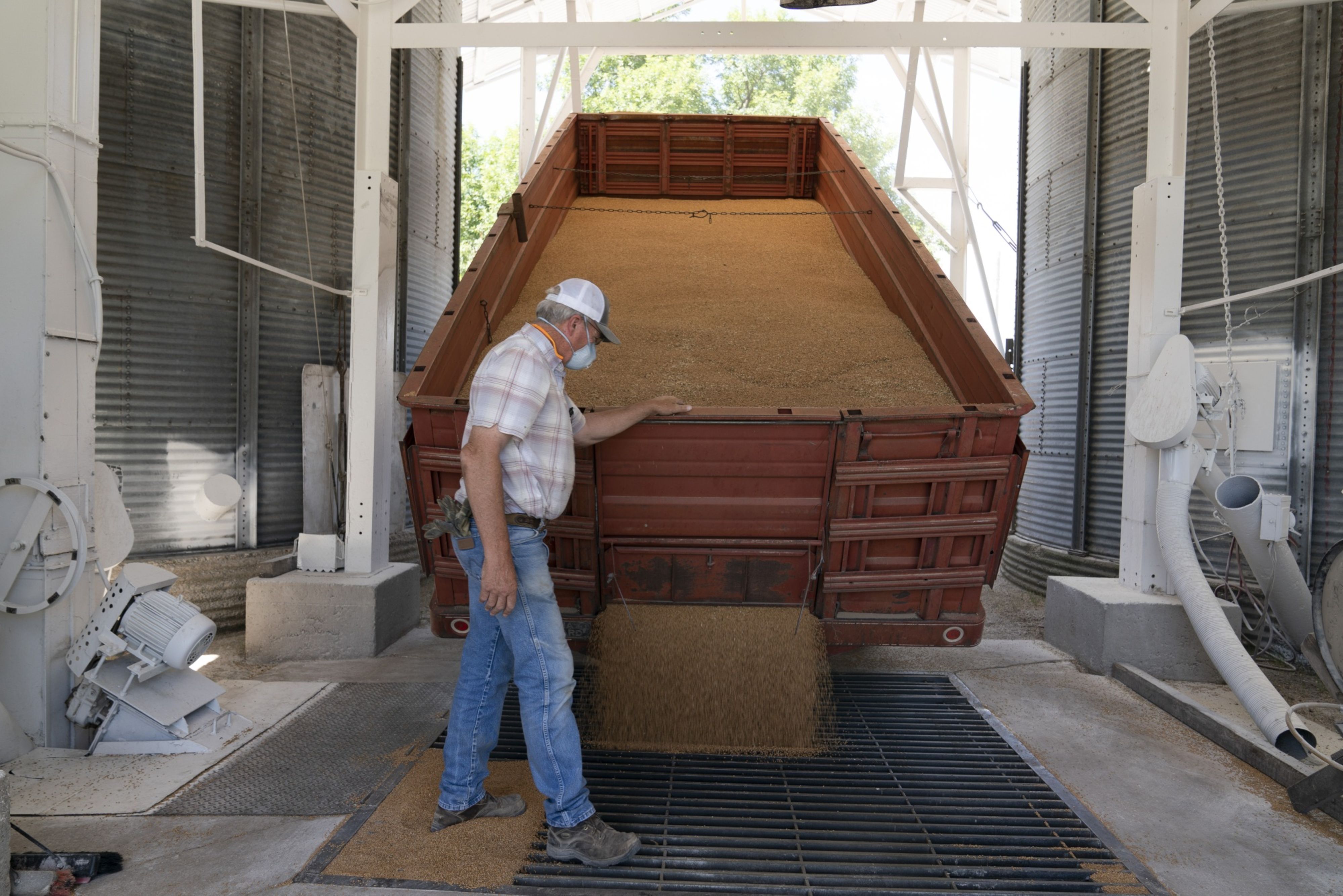Small businesses in Nebraska, Oklahoma and other rural states have been the most successful at getting federal pandemic relief in the $284 billion round of aid that opened this month, buoyed by a new rule that authorizes loans to many farms that didn’t qualify before.
Measured by their share of the nation’s small-business payroll, four states, also including North Dakota and Wyoming, got more than twice their share of Paycheck Protection Program loans, based on an analysis of data from Jan. 11 to Jan. 24 released by the Small Business Administration this week.
It’s still early days, and there’s evidence of pent-up demand across the country. Lenders and applicants say the process is simpler but slower than last year. Overall, $35 billion of forgivable loans were approved in the first two weeks of the January rollout, a fraction of the $349 billion disbursed in the first 13 days of the program last April.
The latest PPP funding included rules aimed at fixing the program’s flaws: Restaurants can draw more debt and applications are more deeply scrutinized for fraud.
One change benefited many small farmers and ranchers shut out last year. The Nebraska Farm Bureau, the largest member of the American Farm Bureau, and other agricultural groups successfully lobbied Congress to allow farm owners without paid employees to get aid even if they didn’t earn a net profit. The special rule for farmers was the result of a bipartisan effort led by Representative Ron Kind, a Wisconsin Democrat.
“We are helping folks that could’ve used the help before but didn’t qualify,” said John Hansen, president of the Nebraska Farmers Union, which represents over 4,000 family farms and ranches.
“The SBA is glad that newly eligible audiences are speaking with their lenders to participate in the Paycheck Protection Program to secure funding that keeps their workforce employed and on payroll during the pandemic,” the agency said in a statement.
The main goal of the PPP was to help business owners retain their employees. For the self-employed, aid was meant to replace earnings they relied on to pay themselves, meaning if the business hadn’t made a net profit in 2019, they weren’t eligible for aid. The new rules enable unprofitable non-employer farms and ranches to access the program, but exclude other self-employed in the same financial situation, such as barbers.
The industry category that includes agriculture, forestry, fishing and hunting represented 15% of PPP loans so far in 2021, compared with 3 percent last year, SBA data show. By dollar volume, the sector has been approved for 3.5% of PPP funding, compared with 1.6 percent in 2020.
The loan size for the industry has decreased, from $54,000 to $20,000, reflecting farm and ranch owners taking advantage of the new eligibility rules. The most a single business owner without paid employees can receive is $20,833.
The uneven pattern of aid distribution, with early money favoring the predominantly White areas of the Great Plains and upper Midwest, echoes what happened in early April. At the time, those regions benefited in part because their local banks proved more nimble at accessing aid quickly.
Larger national banks and financial technology companies eventually helped other parts of the country catch up. One result was that urban areas with mostly Black and Hispanic residents tended to get aid later than majority White and non-Hispanic areas.
This year community and regional banks also have been instrumental getting borrowers approved for PPP funding rapidly in rural states.
“In small states like ours, personal relationships still matter for small business,” said Richard Baier, president of the Nebraska Bankers Association. “Our boots-on-the-ground bankers have those personal relationships with their small business customers. Their kids go to school together, they go to the same church, they might go to the same health club. It’s really a partnership rather than a transaction.”
The Nebraska Bankers Association held a Jan. 21 webinar with its members and the Small Business Administration regional staff, attended by 300 local bankers.
The comparison of states’ payroll shares relies on 2019 payroll estimates for businesses with fewer than 500 employees provided by Evercore ISI’s Ernest Tedeschi. By that metric, Hawaii and Washington, D.C., are faring worst in the latest round, getting less than half their share of PPP dollars. Hawaii’s tourism-dependent economy was among the worst hit by the COVID-19 crisis.
Many small businesses have been eagerly waiting for the new lifeline, which came after a months-long stalemate in Washington over a new stimulus package to prop up the economy.
Liberty SBF Holdings LLC, a small-business lender, has processed about 20,000 loan applications and received SBA approval for about 2,500, said Alex Cohen, its chief executive officer. It can take as long as 12 days to get the money, he said.
Zawadi Bryant, CEO of NightLight Pediatric Urgent Care in Texas, said her application for a second PPP loan is taking longer to process than her first. Her hospital used all of the about $1 million first-round PPP loan, and has cut hours for staff to save costs.
“It’s been overdue for us,” Bryant said.
— With assistance from Michelle F. Davis